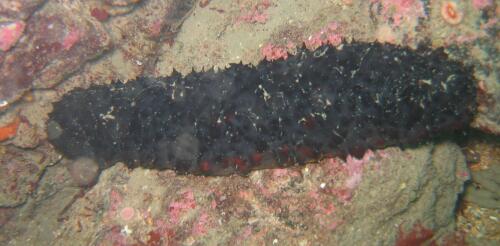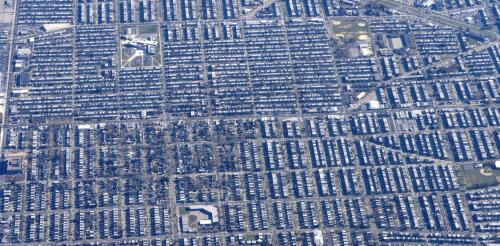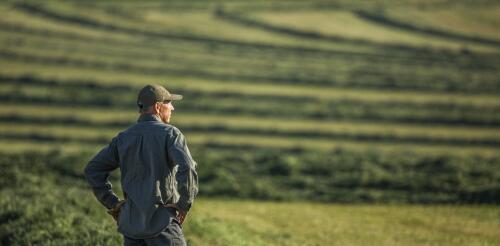Quick reads
My colleagues and I have developed an artificial intelligence system that helps buildings shift their energy use to times when the electric grid is cleaner. I’m an engineer who studies and develops smart buildings. My lab created Merlin, which learns how people use energy in their homes and adjust energy controls like thermostats to meet their needs while at the same time minimizing the impact on the grid. The system can learn on one set of buildings and occupants and be used in buildings with different controls and energy use patterns. We dubbed it Merlin after King Arthur’s legendary magician to reflect the magical nature of the system: It automatically collects data on how people use energy in their homes and identifies opportunities to charge and discharge home battery storage. And it does so in a way that you always have power for whatever you need. So your air conditioning is always available, but at the same time it reduces the strain on the grid – for...
Sea cucumbers, scavengers of the seafloor that resemble the cylindrical vegetable, have been consumed as a delicacy in Asia for centuries. But in recent decades, they’ve been severely overharvested to a point that they are now quite rare. New research I helped conduct suggests their repopulation could play an important role in protecting and revitalizing another type of endangered marine organism: corals. Coral reefs are in decline around the world partly due to diseases, some of which are associated with sediment on the seafloor. In several field experiments involving corals in Moorea, French Polynesia, and around Palmyra Atoll, research scientist Cody Clements and I, along with two other colleagues working on marine microbes, found that sea cucumbers grazed and consumed bacteria in the sediment, and that sea cucumber presence prevented pathogens from sickening co-occurring corals. We learned this by either removing sea cucumbers from certain sand patches, while leaving...
The Himalayas stand as Earth’s highest mountain range, possibly the highest ever. How did it form? Why is it so tall? You might think understanding big mountain ranges requires big measurements – perhaps satellite imaging over tens or hundreds of thousands of square miles. Although scientists certainly use satellite data, many of us, including me, study the biggest of mountain ranges by relying on the smallest of measurements in tiny minerals that grew as the mountain range formed. These minerals are found in metamorphic rocks – rocks transformed by heat, pressure or both. One of the great joys in studying metamorphic rocks lies in microanalysis of their minerals. With measurements on scales smaller than the thickness of a human hair, we can unlock the age and chemical compositions hidden inside tiny crystals to understand processes occurring on a colossal scale. Measuring radioactive elements Minerals containing radioactive elements are of special interest...
The ways an urban neighborhood is built and the characteristics of the people who live there are both related to how hot it gets. That is the result of our study, published by the Journal of Buildings. If you have ever noticed that some parts of a city feel significantly hotter than others, you have experienced a phenomenon known as the urban heat island effect. This effect is most noticeable at night and when comparing rural and suburban surroundings with urban ones. How we did our work Our interdisciplinary group of researchers studied two Philadelphia census tracts and found a clear link between outdoor temperature and specific urban characteristics. We then asked whether these urban characteristics can be related to the social vulnerability of the residents. Social vulnerability is a concept that goes beyond the residents’ income to include housing conditions and characteristics of the people – such as their age, education, disability and race. Our social vulne...
CC BY-ND Hardworking American farmers keep the world fed and clothed. But the farming labor force has a problem: It’s aging rapidly. The average American farmer is 57 and a half years old, according to the most recent data from the U.S. Department of Agriculture. That’s up sharply from 1978, when the figure was just a smidge over 50. As researchers who study well-being in rural areas, we wanted to understand this trend and its implications. So we dug into the data. Amber waves of graying We found that the average age of farmers was fairly consistent across the country, even though the general population’s age varies quite a bit from place to place. For example, the average Maine farmer is just a few months older than the average farmer in Utah, even though the average Maine resident is more than a decade older than the average Utahn. To be fair, we did find some local differe...



